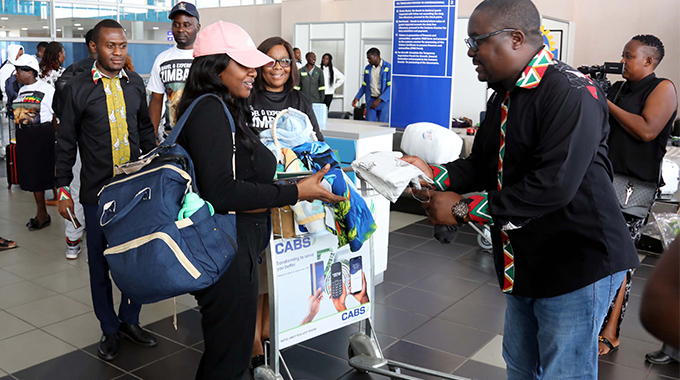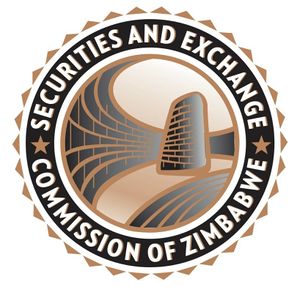Government insurance benefits cushion vulnerable citizens
GOVERNMENT will channel its insurance benefits from the African Risk Capacity (ARC) to support more than 349 vulnerable households in 18 districts across the country that have been severely impacted by the El Nino-induced drought.
According to the Government, the vulnerable households are mainly found in Binga District, Chimanimani, Kariba, Mudzi, Umguza, Tsholotsho, Mbire, Nkayi, Bulilima, Umzingwane, Hwange, Lupane, Zvishavane, Gokwe North, Mt Darwin, Rushinga, Chiredzi and Mutare.
About 47 percent of the wards would face critical grazing shortages from July 2024 onwards, while 12 percent are assured of adequate grazing to the next season, official reports show.
Government has since assured citizens that Zimbabwe will emerge from the drought stronger, more united, more resilient, better organised, better co-ordinated, and better capable of withstanding similar shocks in the future.
Speaking in the Senate on Wednesday, Finance, Economic Development and Investment Promotion Minister, Professor Mthuli Ncube, said the Government would tap into resources from the ARC, a specialised agency of the African Union established to help countries and member States to improve their capacities to better plan, prepare and respond to extreme weather events and natural disasters, most notably drought.
“The pay-out amount for the Government is envisaged to support 349 170 vulnerable households in 18 districts that have been mostly impacted by the El Nino-induced drought,” he said.
Prof Ncube said the Government has purchased several drought insurance policies worth US$3 million for the 2023/2024 agricultural season.
To that end, a combined pay-out of US$32 million for the Government and replica partners such as Start Network and World Food Programme is anticipated for the 2023/2024 agricultural season.
“Zimbabwe started participating in the ARC Drought Insurance Pool in the 2019/2020 agricultural season. The pay-out then amounted to US$1,4 million, which was made to the Government whilst the World Food Programme, which is a partner institution in this regard received US$290 000 and the two were used for supporting over 180 000 households in the highly vulnerable districts in 2020. — chronicle










